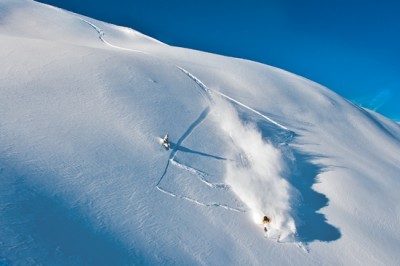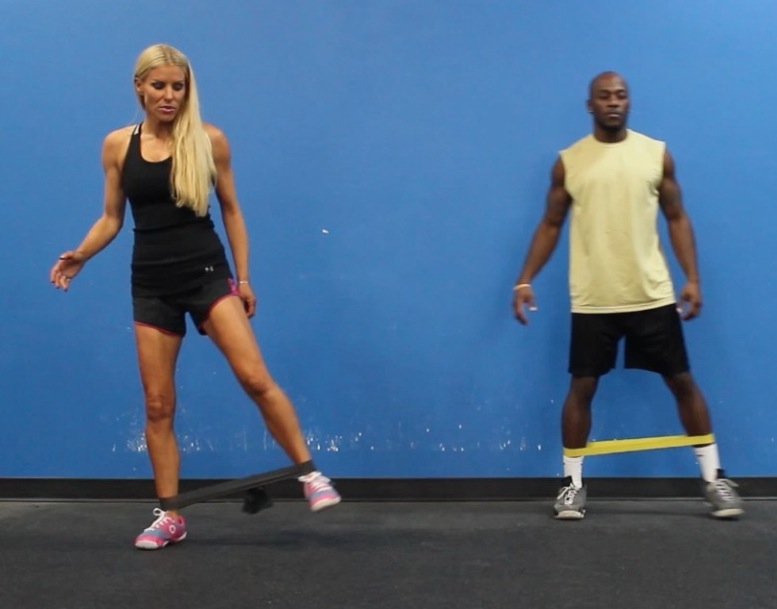It is sad and ironic that Michael Schumacher – perhaps the greatest Formula One driver of all time – is lying in a coma in a French hospital. Not because of a crash on the track, but because of a skiing accident. What this highlights is that although skiing is a relatively safe sport, it is incredibly important to practice defensive skiing. You need to take conscious steps to keep yourself safe; otherwise you could end up with injuries far more serious than a broken leg. Skiing is only safe if you make it safe – there are too many dangers on the slopes to take unwarranted risks.
It is still a bit sketchy exactly what happened to Schumacher, although a number of facts are starting to emerge. We do know that he was wearing a helmet, and this is a good thing. If he had not been, there is a very good chance that he would have died in the initial accident. It also seems that he was skiing off piste, although only about 30 feet away. He was also moving at a reasonable speed for an experienced skier, which Schumacher was. It appears that one of his skis hit a rock, which caused him to fall over and hit his head on another rock. In other words, the only significant risk that Schumacher took was to venture a very short way off the beaten track, and yet it was enough to cause a life-threatening injury.
According to the National Ski Areas Association, about 40 to 50 snowboarders and skiers die annually in the United States. Since approximately 10 million people go skiing here each year, that equates to around 4 to 5 fatalities per million skiers. Of course any deaths are unacceptable, but that rate is significantly lower than with many other sports. For example, you are seven times more likely to die if you go scuba diving than if you go skiing. However, these figures hide some disturbing facts. About 85% of fatal skiing accidents involve males and most of these are under the age of 40. This is exactly the demographic that is most likely to engage in risky behavior; and indeed, most of those who sustain fatal injuries are traveling at high speed off piste or at its edge.
Although Michael Schumacher is in a coma, doctors say he would not have made it to the hospital at all if he had not been wearing a helmet. In fact, donning a helmet is the single most important thing any skier can do to protect themselves. Ski helmets have been shown to reduce or eliminate head injury. A study published in the Canadian Medical Association Journal showed that skiers who wear a helmet were significantly less likely to sustain a head injury than those who didn’t. There is a popular misconception that ski helmets can make neck injuries more likely, which is why some skiers refuse to wear them. But the same study showed that there was no evidence that this was the case.
Of course, wearing a helmet is not the only thing that skiers need to do to keep themselves safe. As Schumacher’s accident illustrated, straying off piste is also a significant risk. Ski operators try to make sure that the piste has a good covering of snow, but this doesn’t apply once you are off piste. Rocks and other hazards may be exposed, and hitting one can have disastrous consequences. However, even if you stick to the piste, you still need to make sure that you look out for obstacles. This is particularly the case early or late in the season, when the snow cover tends to be thinner than during peak season.
Poor snow conditions can make skiing more dangerous in other ways too. For instance, if conditions are icy or the snow is compressed, this tends to make the edges of your skis lose grip. If they do, you head out of control and sustain severe impact injuries when you land. Because of this, it is a good idea to keep your speed down when conditions are bad. You should even consider dropping down a level of difficulty. For example, stick to reds to avoid danger even if you regularly ski on blacks.
If you really head off piste, not 30 feet like Michael Schumacher did, but into the far beyond … realize that you are taking significant risks and need to be prepared for the consequences. It is all too easy to end up in avalanche country, where a simple noise can set off a catastrophic event. If you are going to do this, then the number one rule is to pay attention to your guide, who should have local knowledge and experience of avalanche conditions. Also, make sure that you carry appropriate safety equipment. Your guide should be able to advise you on this, and if they can’t …then find another guide. At no point should you try to head off without a qualified guide who knows the terrain; doing so is just inviting disaster and is one of the main reasons that skiers get caught in avalanches.
The best advice that any skier can take is this, if you don’t know what you are doing, then don’t do it. Never take unknown risks and never be overconfident in your own abilities. Even if you consider yourself to be an expert skier, there are too many things that can go wrong if you get yourself into an unfamiliar situation.






